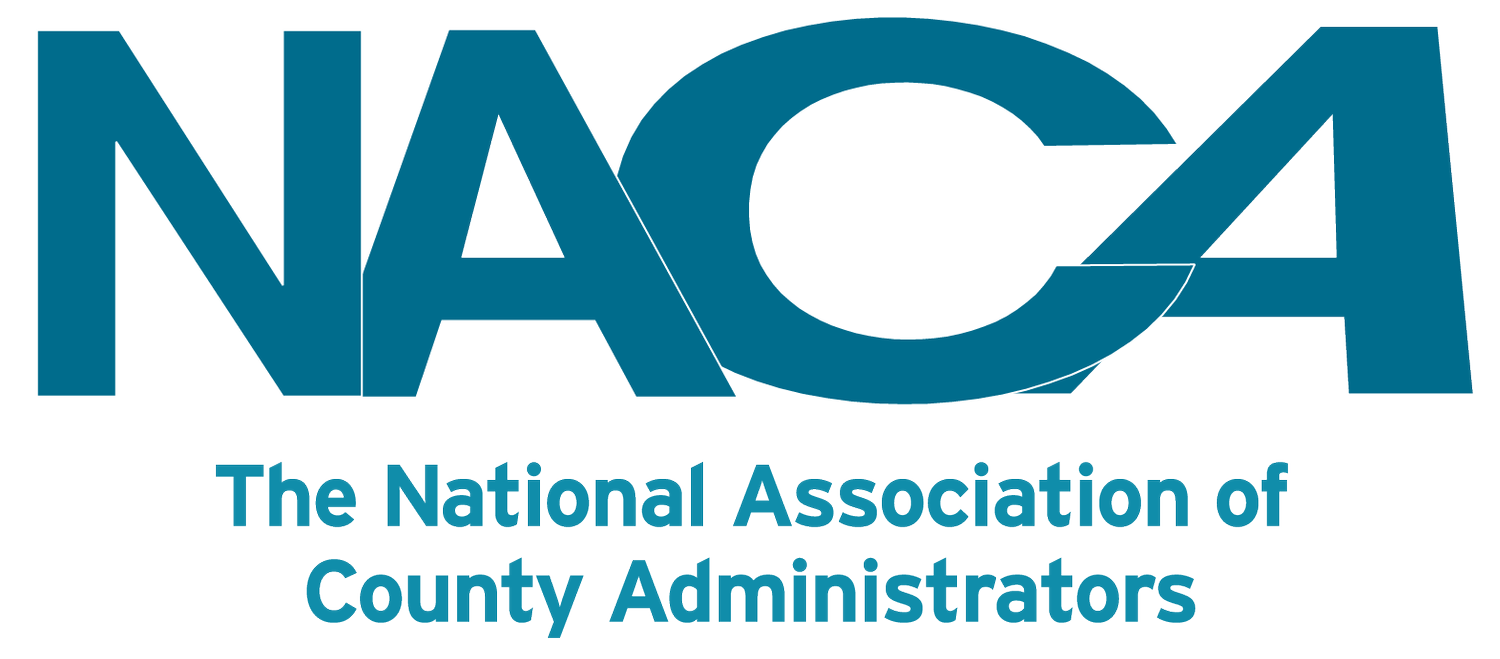Homelessness Is Preventable. Ending It and Saving Lives Is a Policy Choice.
OPINION | Nov. 15, 2023 | Jeff Olivet and Susan Ellenberg
Getting everybody housed requires multiple systems to work together, tapping the collective power of state, local and federal policymakers supported by the faith community, the business sector and philanthropy.
Homelessness is a deadly — but preventable — public health crisis. People with pre-existing medical conditions are at higher risk of homelessness, and on average, people with no home die decades earlier than those who are housed. The condition of homelessness itself is constant suffering from hunger, extreme weather and treatable illness.
Every day in the United States, roughly 2,500 Americans escape homelessness and move into homes where they can rebuild their lives. But for every person who exits homelessness, another enters the traumatic experience that impacts well over 1 million people in the United States each year. Until we close this revolving door and prevent people from losing their homes in the first place, we cannot end homelessness.
Prevention is a critical part of the Biden-Harris administration’s homelessness strategy, but keeping people in their homes and out of eviction courts and shelters and off of streets requires the collective power of state, local and federal policymakers as well as the faith community, the business sector and philanthropy. Homelessness is a multi-systems failure that requires multiple systems to work together toward a common cure: a country where everyone has a safe and affordable home.
To eradicate homelessness, we must close the doors that lead into homelessness — doors from criminal justice systems that drop people back into society with no housing; from foster-care systems that fail to set kids up for success when they age out; from health-care systems that discharge people into homelessness; and from housing systems that don’t build or preserve enough homes that working people can afford.
The pandemic showed us the power of prevention. When COVID-19 hit, Congress, states and communities banned evictions, dedicated funding for emergency rental assistance, expanded unemployment insurance and the Child Tax Credit, and deployed temporary cash assistance to low- and middle-income Americans. These policies prevented millions of evictions, cut poverty in half and prevented what would otherwise have been a massive surge in homelessness.
Those successes are informing some promising local efforts to end homelessness. Santa Clara County, Calif., for example, has something few communities have but all need: a comprehensive, well-designed homelessness prevention system. With the help of more than a dozen nonprofits, the system offers temporary financial assistance, legal aid and other services to low-income people at risk of losing their homes. According to a recent study by Notre Dame researchers, people offered temporary financial assistance were 81 percent less likely to experience homelessness within six months and 73 percent less likely within 12 months of enrolling in Santa Clara County’s homelessness prevention system. Prevention also pays off — literally: The study concluded that for every $1 spent on temporary financial assistance, the community gets $2.47 back in benefits.
Santa Clara County isn’t the only place taking prevention seriously. We are seeing other cities and states across the nation — from Birmingham, Ala., to the state of Connecticut — focus increasingly on homelessness prevention.
Homelessness is a policy choice. We have the power to prevent and end it. In a country where people in need outnumber affordable homes and the shortage of housing is one of the biggest causes of homelessness, the Biden administration is working with communities to expand the housing supply, and more apartments are on track to be built this year than any on record.
Local and state governments, meanwhile, have the power to expand not just housing but also health care, job programs, mental health and substance-use treatment, education, and other supports that help prevent people from losing homes. Businesses and philanthropy have the power to match that funding with money that can be used more flexibly and creatively. The faith community and other civic groups can bring their time, talents, land and facilities to the work of preventing and ending homelessness. It is only when we all come together in a shared direction that we can accomplish the goal of preventing and ending homelessness.
Jeff Olivet is director of the U.S. Interagency Council on Homelessness. Susan Ellenberg is president of the Santa Clara County Board of Supervisors.
Governing’s opinion columns reflect the views of their authors and not necessarily those of Governing’s editors or management.


